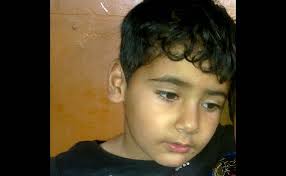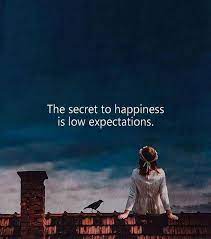Arun Joshi
 Burhan was in the protective lap of his father Bashir Ahmad when some unidentified gunman or gunmen showered bullets at them. The three-year-old might have asked why his body was riddled with bullets. Why could the protection of the lap not shield him from the marauders who killed him and his father who, after quitting militancy nine years ago, was leading a normal life?
Burhan was in the protective lap of his father Bashir Ahmad when some unidentified gunman or gunmen showered bullets at them. The three-year-old might have asked why his body was riddled with bullets. Why could the protection of the lap not shield him from the marauders who killed him and his father who, after quitting militancy nine years ago, was leading a normal life?
There are no easy answers available to these questions in Kashmir — the land where children are unsafe like the men or women of any age. This is the trauma that will haunt other children in the Valley, whether they are safe in this land where the bang of guns and grenades has silenced the voices of reason and are bent upon killing innocence and hope with explosions and the shower of bullets.
Parents do not give birth to children to see them dying of bullets. They want to see them doing well in their lives. The top militant commanders, who tirelessly give a call for arms to children and youth of Kashmir to “liberate their land from the occupational forces of India”, want their children to be well settled in the system which they claim to be opposing. But this luxury is not available to ordinary people.
Why is there a selective invocation of settled professions for the sons and daughters of the privileged and the powerful lot? Kashmir asks this question, but the fear of the gun and spin doctors lock their lips. The affluent have sent their children to other parts of India to study and make big careers. The families having a premonition of what is coming to Kashmir because of the growing violence and an atmosphere of intolerance in the Valley have sent their children to far away lands for their safety.
Burhan’s murder has stirred calls for the outrage. The highly emotional phrases and hard-hitting words like “barbaric” and “savage” have been used to condemn the murder most foul. Some of them have called it “a murder of humanity.” Any amount of condemnation is insufficient to express outrage over such heinous crimes, which bring parallels of ISIS savagery to mind.
Hardline separatist leader Syed Ali Shah Geelani is right when he says, “No religion allows the killing of children, not even in the battlefield.” But the larger question is — can anyone come up with the idea to stop this violence? Those who committed this crime should be punished. And, it should not happen that when they are punished, there is another wave of outrage why they have been punished. The past experience is that first action is called for the killers and when they are punished, there is an outcry why it is being done. That is the kind of hypocrisy that has tempered the politics and atmosphere in Kashmir.
Burhan had not earned enmity of anyone. He was innocent. He did not know why he was killed. Burhan was a victim of violence. This violence visited him not from some other kid. His killer and that of his father, it can be easily guessed, was a grown-up man who grew up fast in the era of violence, where innocence of a child never mattered to him.
Burhan’s father, who was also a product of the same cult, perhaps lost his innocence of a child in 1990 and rediscovered the virtues of life after quitting militancy. But, apparently, it was not to the liking of some. They snuffed out his life and that of his son, too, with an apparent message that his normal life and his child, who would have grown to become something in life, are not to their liking.
The killers should know that they have not killed a child, but snatched the innocence of children in the Valley. Children in the neighbourhood of Burhan’s house who heard the screams of his mother mourning the death of her child must have felt fear among themselves. This fear has wheels of silence that travel to other homes in the Valley.
The unidentified gunmen have killed the hope of his mother. One does not know how many more hopes will be snuffed out at the altar of violence. The parents of all the children should ask the perpetrators of violence and promoters of the narrative of violence and gun culture, “Are our children safe, is their innocence guaranteed or is their hope alive?” They know who are answerable to this.





